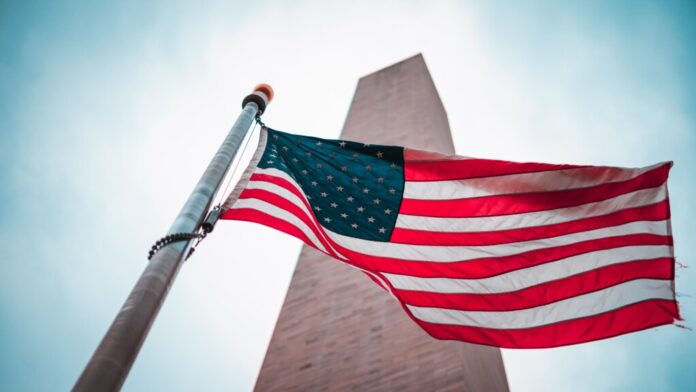Along with intensifying geopolitical tensions, the US also confronted numerous global and domestic issues. The 2020s decade began with COVID-19’s catastrophic impact on the global economy and countries’ functioning.
Thousands of businesses were forced to close down, as millions of Americans lost their jobs within weeks. Meanwhile, educational institutions had to minimize the spread of COVID by conducting online classes and mandating face masks. In addition, some schools lowered their standards to ensure that students were passing their classes, resulting in a decline in students’ basic math and reading skills. As COVID forced businesses to close, numerous companies laid off a significant number of their employees. As a result, workplace productivity and innovation became hindered. Although COVID temporarily reduced carbon emissions and energy consumption, climate change continues to worsen as governments begin to lift their restrictions.
There are innumerable issues, but I will be discussing four complex issues affecting the US on both a national and local scale in this article: the economy, education, technology, and energy/environment.
Economy
COVID Recession
COVID-19 not only created a public health crisis worldwide, but also shocked the global economy’s supply and demand and trade activities. Retail sales and transportation severely declined, as well as layoffs and business closures. Consequently, COVID-19 created a recession powerfully shocking the economy since the Great Recession of 2007-09. Unemployment and commodity prices rose significantly, impacting numerous banks, industries, and small businesses (SMBs).
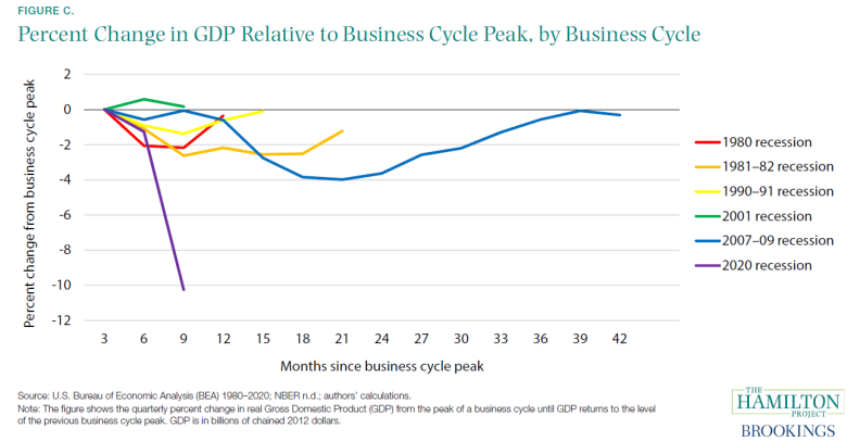
However, in 2021 and 2022, the US economy started to recover from the recession’s shock. Despite industries in technology and aviation relieving thousands of workers, the US added hundreds of thousands of jobs in late 2022. In addition, consumer spending and real personal incomes incrementally rose again, as the federal and state governments lifted COVID restrictions in their cities and workplaces.
Progress in 2023
Prior to 2023, many US economists forecasted that the economy would suffer a mild to severe recession. However, the US economy defied the predictions as job growth and wages increased, while inflation and unemployment steadily declined.
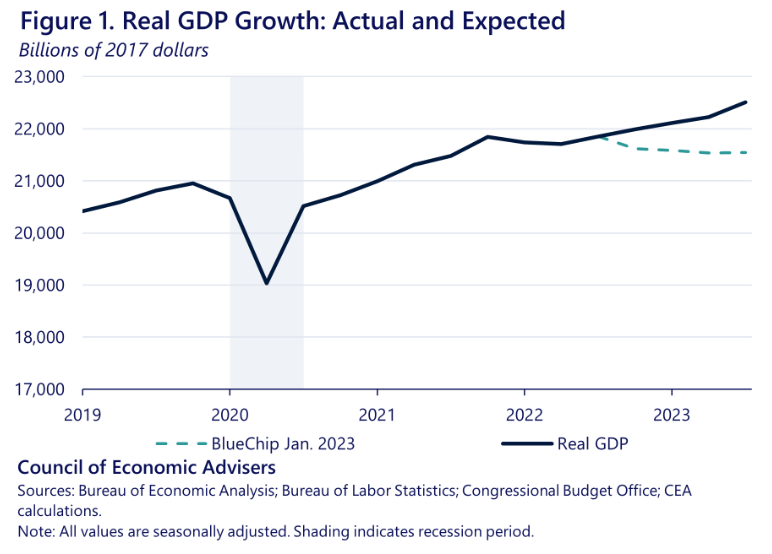
Consumer spending and a revival in manufacturing and investment pushed the economy, as US real GDP exceeded a number of pre-pandemic forecasts. Meanwhile, following its peak in July 2022, inflation in the energy and goods sectors has been decelerating. The reason for this inflation deceleration is credited to the improvement of supply chains and overall cooling demand. In 2023, 232k jobs were added on average every month, leading to a net total of 14.1 million jobs added by November 2023. In the labor market, real wages grew by about 0.8% for all workers, as the wage inequality gap began to shrink.
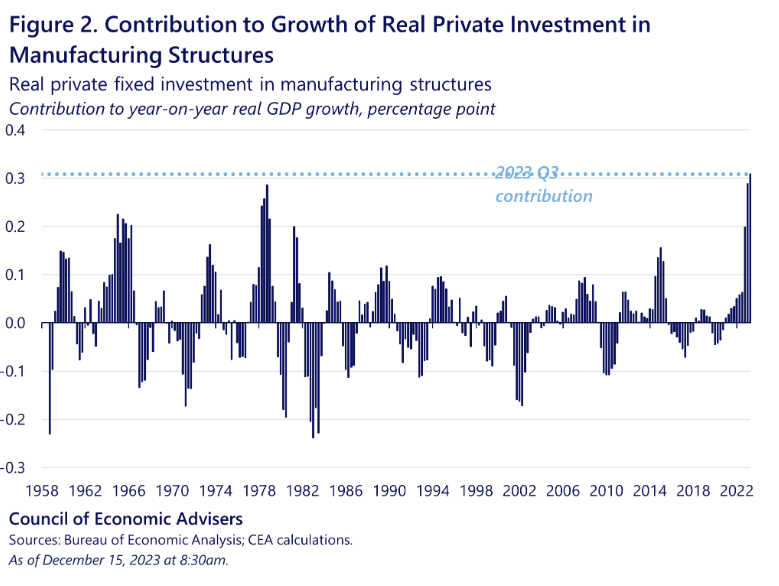
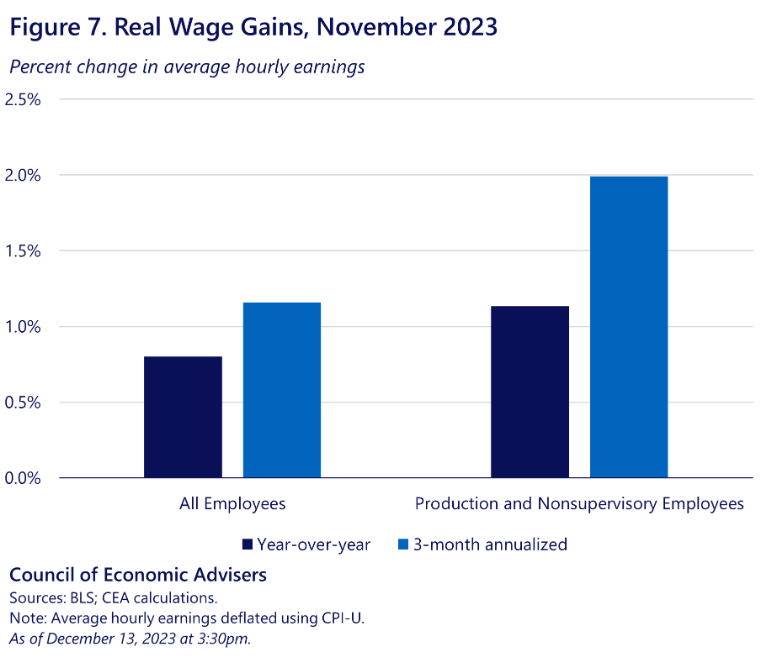
Housing & Homelessness
The housing market, the most vulnerable sector of the economy, has seen some changes. As a result of the COVID lockdown, many Americans are staying in their homes longer with the average duration of settlement increasing from 7 to 13 years. When the number of affordable homes decreases, many Americans want to retain their homes, leading to house prices’ continual increase.
Many housing experts conclude that the primary consequence of the current housing shortage and high prices is homelessness. Along with COVID’s impact on workplaces’ layoffs, homelessness has dramatically increased. Many states, like California, have placed thousands of homeless inhabitants into permanent housing. According to the National Low Income Housing Coalition, housing units for lowest-income renters are short by 7 million units.
Even though inflation is cooling, rent prices remain too high for many low-income families. Aggravated by COVID-19’s unemployment shock, the number of rentals fell across many states due to rental increases or housing units’ destruction.
Another reason for the difficulty in combating homelessness is due to locals’ loosening of zoning laws to allow more multi-family homes in neighborhoods. As affordable housing declines, pandemic aid programs have been diminished by many state and local governments. This process forces some to pay rental debt suffered during the COVID pandemic.
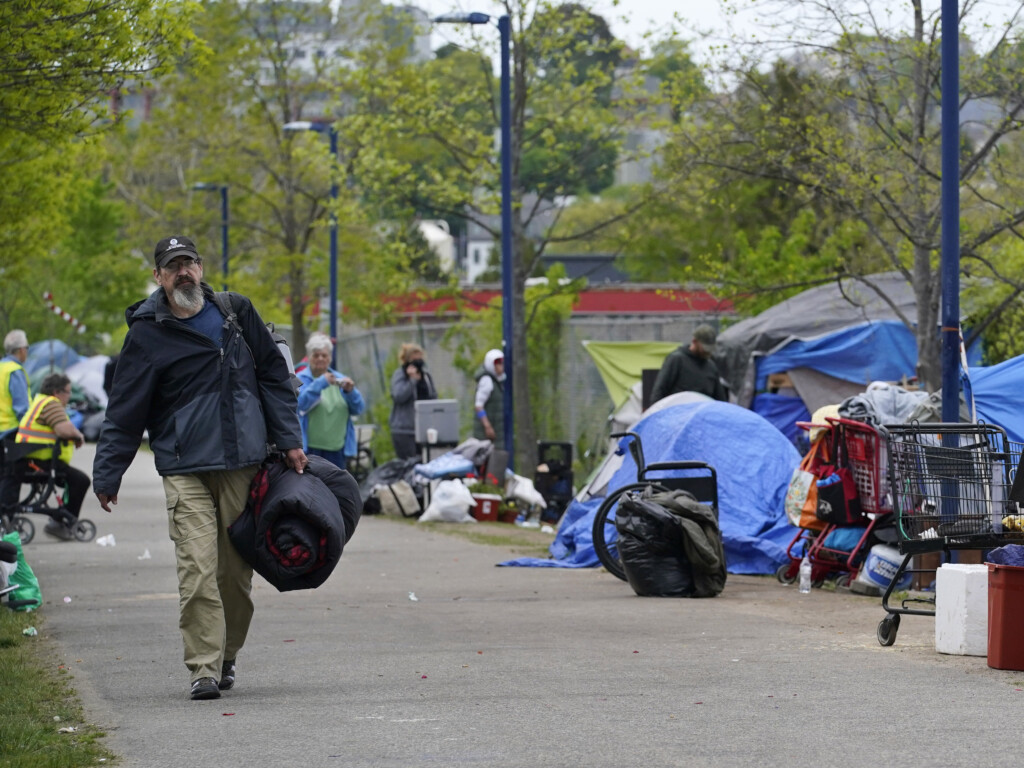
One of the proposed solutions to the housing and homelessness crisis is supportive housing. This innovative approach ensures those suffering from homelessness will have temporary housing and adequate medical and nutritional care. Another solution would be increasing zoning reform to ensure that apartments and housing units constructed for low and moderate-income citizens is feasible.
Oil Prices
Following Russia’s invasion of Ukraine in February 2022, many economists predicted that Europe’s reduced access to oil will negatively impact US consumers. However, throughout 2023, US energy exports reached $70 billion, even though oil and gas prices were falling. To compensate for Europe’s energy crisis, American deployment of liquefied natural gas (LNG) comprised 19% of EU natural gas imports. Defying economists’ expectations of an American energy setback, Washington augmented its role as a global energy provider.
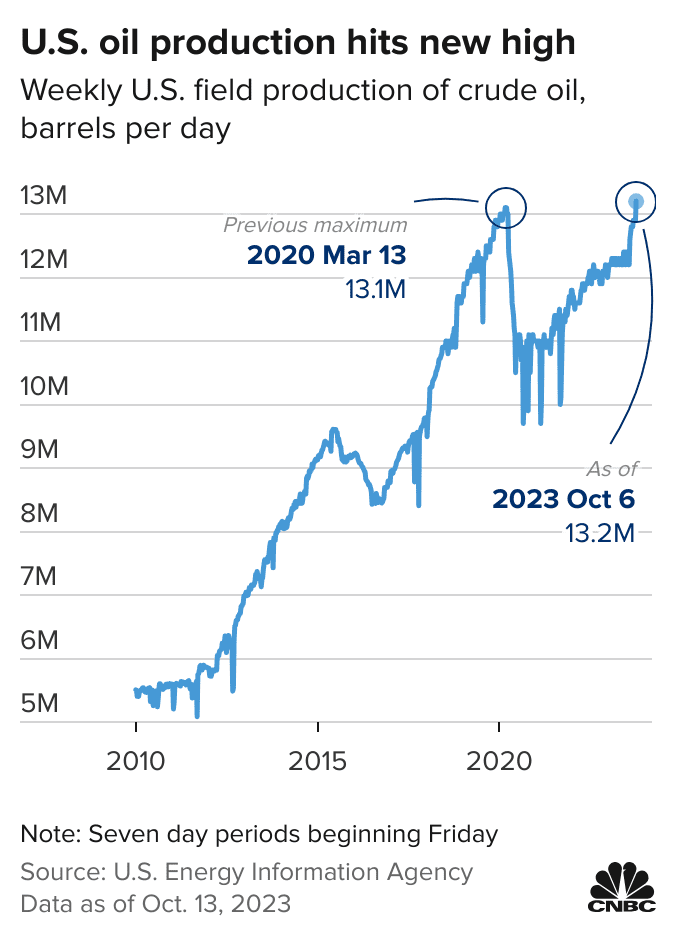
Soft Landing in 2024?
The term “Fed Pivot” refers to the central bank’s decision to lower interest rates. As the US Federal Reserve announces that it will stop its series of rate hikes, markets anticipate a “soft landing” in 2024. Measured by the Consumer Price Index (CPI), inflation has decreased from 6.3% in January to 3.1% by November. Moreover, consistent job growth has continued to keep the unemployment rate between 3-4%.
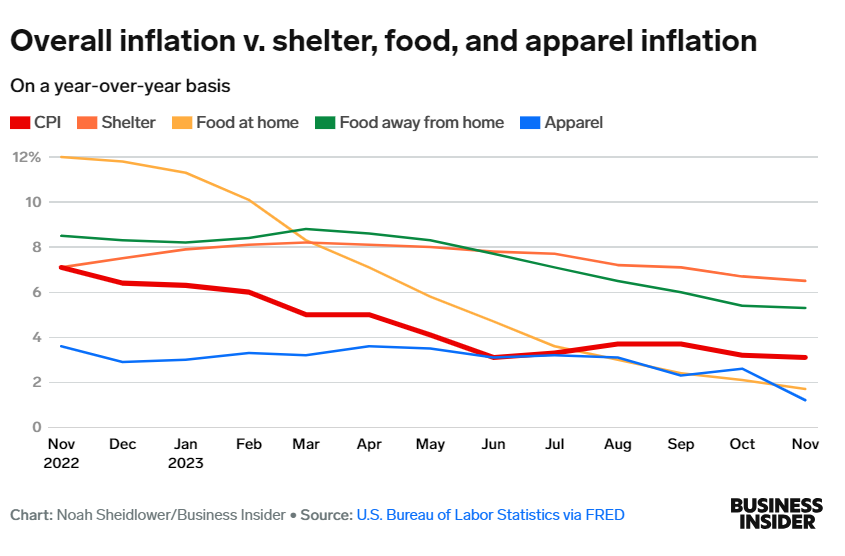
Heading into 2024, the US economy is projected to continue growing. Consumer spending and real disposable income are expected to increase. Furthermore, according to Goldman Sachs Research, business investment will grow by 1.75% in 2024, as investment in artificial intelligence (AI) is becoming more commonplace. In addition, federal government spending will most likely remain the same, but state and local spending will probably increase. Finally, despite US exports in low numbers since the pandemic, foreign economic growth is anticipated to fuel demand for US exports and expand US GDP.
Education
Political Polarization
Since COVID, many students have been deprived of in-person education and normal interactions with colleagues and teachers. As a result, this radical change worsened schools’ political climate.
Intensifying in recent years, the Republican-Democrat rivalry has significantly impacted the largest educational institution: colleges. For instance, Florida’s public universities restrain the teaching of critical race theory (CRT) and radical gender theory (RGT), while the California government requires its universities to offer abortion medication.
These states’ polar opposite views underscore an increasing red-blue divide in colleges, affecting students’ admissions (e.g. test scores vs test optional) and decisions.
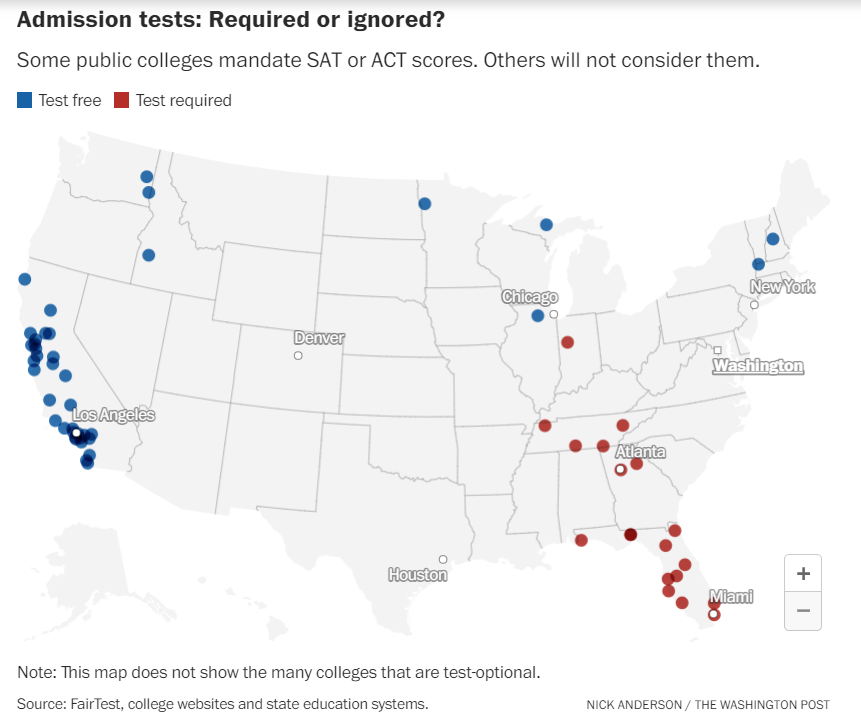
Academic freedom refers to the freedom of teachers and students to pursue knowledge without interference of any kind. To eliminate professors’ tenure in their state colleges, many GOP lawmakers reason that tenured faculty usually hide behind the phrase “academic freedom” and continue to teach diversity and inclusion concepts to students. However, numerous Democrats contend the teaching of these programs because it allows students to fully understand cultural issues in the US such as racism and gender discrimination and mitigate the issues’ effect on society.
Cultural Complications & The Coddling of the American Mind
“What doesn’t kill you makes you weaker.” – Greg Lukianoff
This renowned phrase from The Coddling of the American Mind, a renowned novel written by Jonathan Haidt and Greg Lukianoff, underlines the purpose of learning and education. If one is not open to exposure to different perspectives, then that individual’s intellectual competence will severely decline. Furthermore, Lukianoff’s quote highlights the focal point of American students’ issues: mindset. A mindset vulnerable to groupthink would reinforce a tribal-based environment focused on excluding “dangerous” or “offensive” ideas.
However, this negative reinforcement intensifies cultural and political polarization, distorting education’s true purpose, which is to expose students to various viewpoints and allow students to interpret ideas objectively and refine their intellect. In addition, polarization’s emphasis on emotional reasoning diminishes discourse by advocating regulation of knowledge, devaluing schools’ ability to ensure fruitful discourse among students and faculty alike.

American colleges’ reactions to the Israel-Hamas War are a testament to polarization’s dominant effect on education. Immediately after the October 7 attacks on Israel, many student groups held rallies to pledge support for either Israel or Hamas. Using social media platforms, various pro-Israel protestors, and pro-Palestine protestors harshly criticized the other side, leading many to fear voicing their opinions.
As a result, many professors issued their concerns about deprivation of the 1st Amendment’s right to freedom of speech because polarization has caused many students to remain silent bystanders, even if their values are trespassed or degraded.


A potential solution to mitigate polarization’s reinforcement of emotional, irrational thinking would be conducting debates and lectures on cultural issues. This solution would not only assists students in their intellectual development but also the mentality of individuals and institutions. However, this solution is difficult to implement due to the deep cultural divides existing within schools.
Another solution would be regulating the potential violence stemming from cultural and political protests. For example, American colleges should require student groups to make known of their demonstration and be accountable for their actions. By doing this, these colleges would mitigate harassment and violence against students. Furthermore, the issuing of statements from college presidents would reinforce a universal message: we do not condone violence committed by any party or entity.
Technology (Focus on AI)
What is Artificial Intelligence (AI)?
Over the last few decades, humanity has shifted from traditional AI to generative AI. Generative AI allows a computer system and advanced algorithms to use large amounts of data to predict the user’s upcoming intentions (e.g. next word in a sentence). As AI begins to learn and improve like a typical human, it develops a profound understanding of human psychology and displays human emotions like empathy and creativity.
AI Applications
Currently, AI can be applied to numerous workplaces and institutions. These applications occur in four main industries: finance, healthcare, schools, and the military.
Finance
Generative AI has been a useful tool in financial advice by offering recommendations on budgets, debt management, investment portfolios, etc. According to a Bankrate survey, approximately 50% of Americans struggle with financial stability due to blaming rising prices and inflation. In addition, AI has helped numerous financial firms for security and other specialized purposes.
However, AI has several drawbacks for financial institutions. For instance, AI can exercise gender or socioeconomic discrimination, impacting credit and investment decisions and hiring practices. In addition, AI can be used by malicious actors to disrupt firms’ security.

Healthcare
Since the beginning of the COVID pandemic, hospitals and clinics have confronted the challenges of staff shortages and treatment programs. To combat the increasing danger of diseases, many pharmaceutical companies have utilized generative AI tech to effectively and safely accelerate drug development. Specifically, AI would allow the creation of new medicine on the computer, potentially allowing medicine tailored for certain individuals.
Another example of AI’s use in healthcare is Fujitsu’s intended use of a new AI tool to cure cancer. However, AI in healthcare can potentially be inaccurate as it might not apply to all patients or subjects.
Education
Since the emergence of computers and advanced tech to enhance students’ learning, many schools allowed K-12 students to bring their laptops. As the COVID pandemic looms, student use of laptops ensures better access to the virtual classroom and materials. In 2023, generative AI was made accessible to the majority of American students in the form of ChatGPT and other tools.
However, due to the sudden introduction of AI, many teachers and schools are placing restrictions on AI’s use and enforcing punishments for cheating and plagiarism.

Military Use
Beginning in the 21st century, the US military has taken further steps in artificial intelligence research to develop advanced weapons. For example, in competing against China, the US military is working on AI-controlled drones that can make autonomous decisions in killing enemy targets.
In addition, US commanders have used AI to help their units allocate resources and refine their budgets. In particular, AI could be used to jam enemy communications, ensure rapid communication in the event of an attack, or conduct reconnaissance.
“Individual decisions versus not doing individual decisions is the difference between winning and losing — and you’re not going to lose.” – Frank Kendall, Secretary of the Air Force
However, AI has numerous setbacks that could not only cost the US military but also its citizens and other countries. For instance, AI models could misidentify targets or objects, potentially resulting in catastrophic collateral damage. If the US can develop AI weapons, foreign adversaries could do the same to target US military bases or American civilians.
Therefore, the US is advised to implement safeguards around AI development to ensure that the created tools are safe and responsible. But Washington must consider that excessively strict regulations on AI would lead to AI innovators departing the country to a place with fewer regulations, including America’s adversaries like China.

Energy & Environmental Issues
Energy Security
Even though global oil production is not directly threatened by the Israel-Hamas War or violent turbulence in the Middle East, energy security should not be taken for granted. Proper and stable energy security stems from strings of policies. Therefore, substantial energy development should persist to ensure accessibility for adequate energy consumption, especially at a time when global conflicts are unpredictable and devastating.
Following the outbreak of conflict between Israel and Hamas, Iranian hackers have targeted multiple US facilities with Israeli-made computer systems. These cyberattacks directly affect local water supplies, food and beverage manufacturing, and health care. For example, CyberAv3ngers, an Iranian hacker group, breached a water authority in Aliquippa, Pennsylvania. As a result, the US government conducted investigations into 150 hacker groups to prevent further damage that could extend to user privacy and military operations.

Climate Change
The 2020s featured a worsening of climate change as global heat levels reached an all-time high and carbon emissions persisted, creating numerous catastrophic extreme weather events. However, due to the negativity bias prevalence, there were a number of silent victories signaling progress.
The green energy transition received a massive boost in the US in the 2020s. First of all, the Inflation Reduction Act includes a $369 billion package to reduce greenhouse gas emissions and support clean energy efforts. Following the package’s passage, the private sector has allocated $110 billion in new clean energy infrastructure, including $70 billion for electric vehicles.
In November 2023, one of three of the Klamath dams was removed, restoring the Klamath River’s ecosystem and increasing salmon numbers. Finally, the sale of electric vehicles accounted for 8% of US vehicles in the first half of 2023.

However, going into 2024, El Niño is predicted to cause even warmer temperatures than in 2023. Currently, El Niño is projected to cross the normal threshold for a “strong” event. In South America Africa and Eastern Asia, heavy rain and floods will intensify throughout 2024. In addition, the Pacific Ocean’s warming effect can increase temperatures in the short run, potentially destroying crop yields in certain regions. The current viable solution to mitigating climate change’s effects is reducing greenhouse gas emissions, which could be improved as manifested through the examples above.
Conclusion
As it recovers from the pandemic’s disruption of its economic and social function, the US should consider multiple avenues. Whether it’s pursuing AI technology for the military and businesses or combating climate change and polarization, the US government and other institutions (e.g. schools) must be accountable in granting future generations the opportunity to succeed.
Lasting over 10 centuries, the Roman Empire registers itself as one of the most powerful entities in history textbooks. As described by an article published by The Atlantic, the Romans flaunted their military hubris to dominate the known world, while becoming affluent themselves. By doing this, Rome ignored the gradual erosion of its political power through internal (e.g. instability among emperors) and external threats (e.g. Germanic tribes). When future generations reexamine America’s legacy, they might simply conclude that we are like the Romans if we are ignorant of the challenges confronting us. To maintain our ideals, the US must cultivate wisdom and foresight, values that will permit the future to look back on their predecessors with gratitude.
If the US does not take the initiative in the near future in the aforementioned fields, American values of freedom and democracy will be portrayed in a negative light not only among Americans but also in democratic-aspiring nations. But it is not too late to act. Now, it is up to America to decide.


